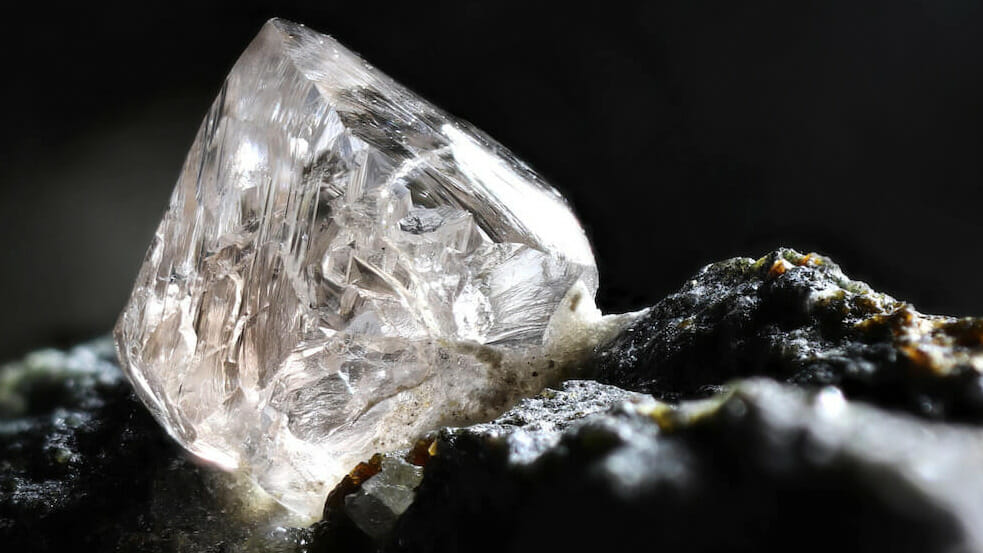When it comes to shopping for diamond jewelry, there are some common misconceptions and frequently asked questions. From how to tell natural diamonds from laboratory-grown diamonds, to the history and values behind natural diamonds, it’s important to understand the facts about what you’re buying. To help you navigate the retail counter and prepare the right questions for your jeweler, here are a few key differences to remember about natural diamonds and their lab-grown diamond counterparts.
The Difference Between Natural & Lab Grown

No. 1: Earthly Origins
Natural diamonds are formed by the heat and pressure of the Earth, from 1 to 3 billion years ago, making a natural diamond the oldest thing you will ever touch.
No. 2: Rarity & Value
The value of natural diamonds comes from their uniqueness and rarity as a billion-year-old gem.
What makes a natural diamond more valuable than a lab-grown diamond is the fact they are rare and finite, the total amount of natural diamonds 1 carat and larger recovered in a year would only fill one exercise ball. Over the last 35 years, natural diamonds have shown to appreciate in price by approximately 3% on average every year. The cost of lab grown diamonds on the other hand continues to decline due to mass production. Only natural diamonds retain inherent value over time making them an investment and an heirloom.

Graph courtesy Paul Ziminsky.
Unlike natural diamonds, lab grown diamonds are produced with microwave reactors in a matter of only a few weeks. Lab grown diamonds are also made of carbon, but without the earthly origins they lack the unique diamond qualities infused by nature. * Learn more.
No. 3: Environmental Impact
Natural diamond companies are committed to controlling and reducing their environmental impact, as well as protecting through conservation projects three times more land than they use.
Natural diamond companies are committed to controlling and reducing their environmental impact, as well as protecting through conservation projects three times more land than they use.
Researchers are using the rocks in which diamonds are found called kimberlite to absorb carbon dioxide from the atmosphere, in a ground-breaking research program with the aim to reach carbon neutrality within this decade.
The environmental impact of a one carat, polished natural diamond is about the same as the environmental impact in manufacturing 3 smartphones. The benefit of buying a natural diamond is they last a lifetime and beyond. How many times do you replace your smart phone?
No. 4: Unique Symbol of Love
Every natural diamond is unique, like a fingerprint.
The difference between a natural diamond and a lab-grown diamond is that just like everything in nature, no two natural diamonds are identical, unlike mass-produced lab-created diamonds or synthetic diamonds.
Since 1477 when Archduke Maximilian of Austria proposed to his love, Mary of Burgundy with a diamond engagement ring, the unique, one-of-a-kind properties of natural diamonds has made them the ultimate symbol of love.